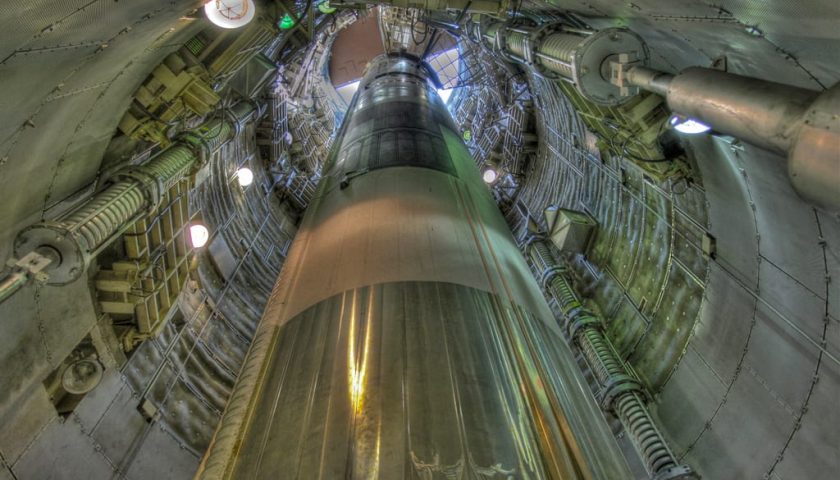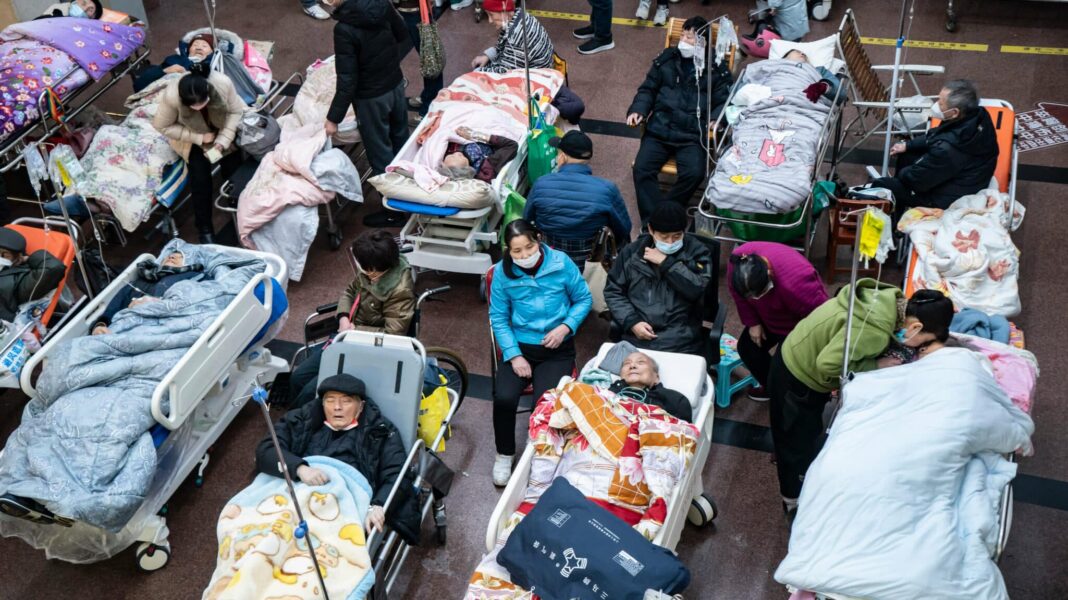In 1947, on the initiative of Albert Einstein, the University of Chicago published for the first time in the Bulletin of the Atomic Scientist the Clock of the End of the World, or Doomsday Clock in English. This clock represented the time that humanity had left, since its appearance, before a cataclysmic event of the Nuclear War type came to eradicate it. In 1947, the clock was set at 23:53 p.m., 7 minutes before the apocalypse. This value, calculated empirically, served as a reference point for future annual assessments, so as to present in a simple and effective way the increase or decrease in risk, according to the college of scientists (including a dozen Nobel Prize winners) who publishes it every year. Thus, in 1953, after the United States and the Soviet Union had each carried out the first tests of a thermonuclear weapon, the clock was positioned on 23:57 p.m., and remained on this value for 7 years until 1960, when It was brought back to 23:53 p.m. and then to 23:48 p.m. in 1963 after Washington and Moscow signed the treaty on the prohibition of atmospheric nuclear tests.
Since then, the clock has continued to evolve, reaching its highest point, 23:57 p.m., in 1984 at the height of the Euromissile crisis, and its lowest point in 1991 at 23:43 p.m. after the break-up of the Soviet Union and the strategic arms reduction agreement. Unfortunately, since then the clock has continued to move forward, first to 23:55 p.m. in 2007 after the North Korean nuclear tests, then from 2010, when a new threat was emerging, Climate Change. . From 2017, it was as much the climate risk as the increased risk of nuclear conflict that led American scientists to position the clock at its historic highest, 23:58 p.m., then to increase this figure twice to reach 23:58 p.m. :20s in 2020. This year marks a new all-time high, with a clock positioned at 23:58:30 p.m., 1:30 min before the end of humanity. Indeed, two new factors have degraded the appreciation of scientists, the risks linked to the war in Ukraine on the one hand, and the threat now represented by the probable emergence of new pathogens, potentially much more lethal than Covid.

The war in Ukraine, which results from the Russian aggression against its neighbor in February 2022, represents the most intense conflict indirectly opposing several nuclear powers, Russia on the one hand, and on the other the United States as well as their British and French allies who support Kyiv more and more directly to resist the assaults led by the Russian Army. This is, indisputably, the most important military-strategic crisis since the end of the Second World War, especially since it takes place in the heart of Europe, and not in an obscure country in the South is Asian. As such, nuclear semantics were exhibited from the start of the conflict by Moscow, threats to which the Americans, French and British responded with firmness. Since then, the nuclear threat, whether it be a nuclear extension of the conflict as mentioned in the study of the Rand Corporation which was the subject of an article yesterday, or a nuclear accident for example around the Zaporozhye power plant, are at their highest, probably at the same level as during the Euromissile crisis of the 80s, rightly considered by historians to be the most critical period of the Cold War.

The rest of this article is for subscribers only
The Classic subscriptions provide access to
all articles without advertising, starting at € 1,99.
Newsletter subscription
Register for the Meta-Defense Newsletter to receive the
latest fashion articles daily or weekly


[…] […]